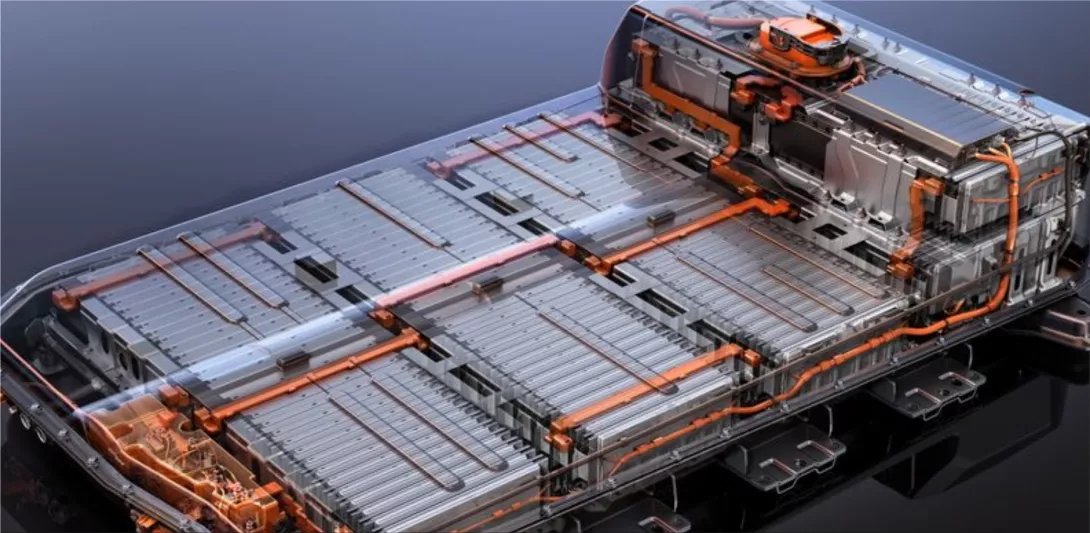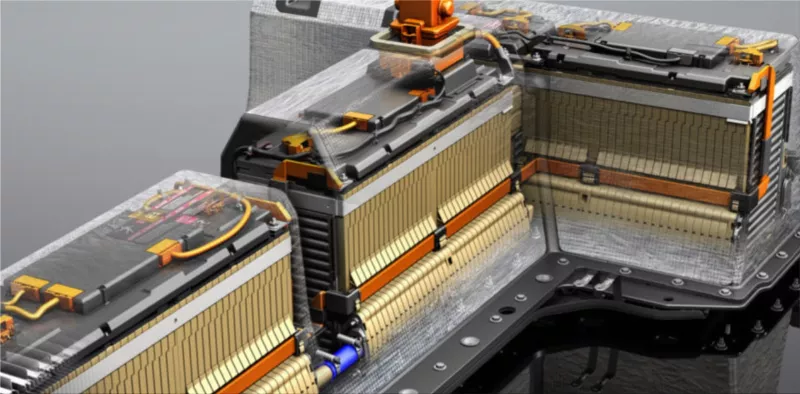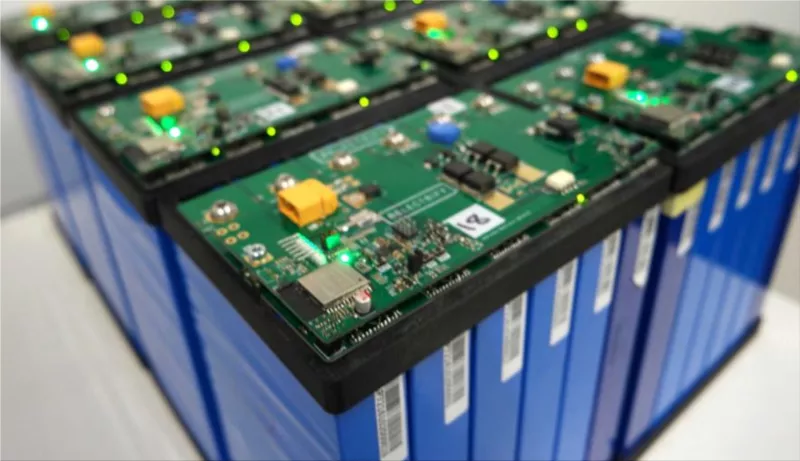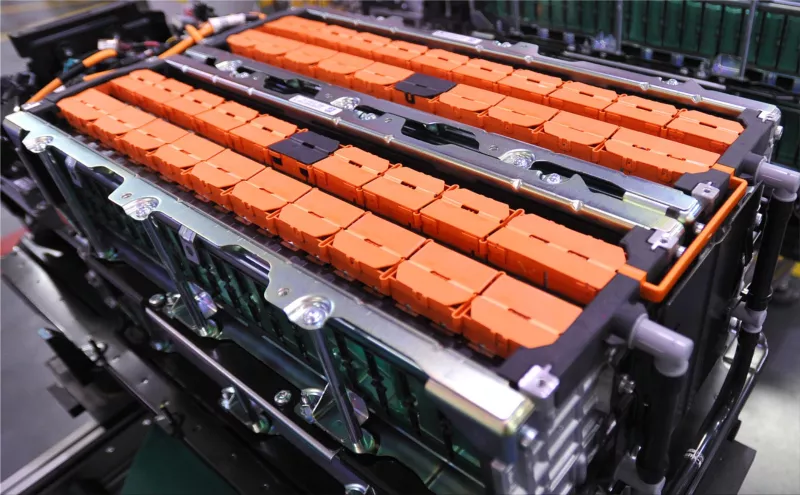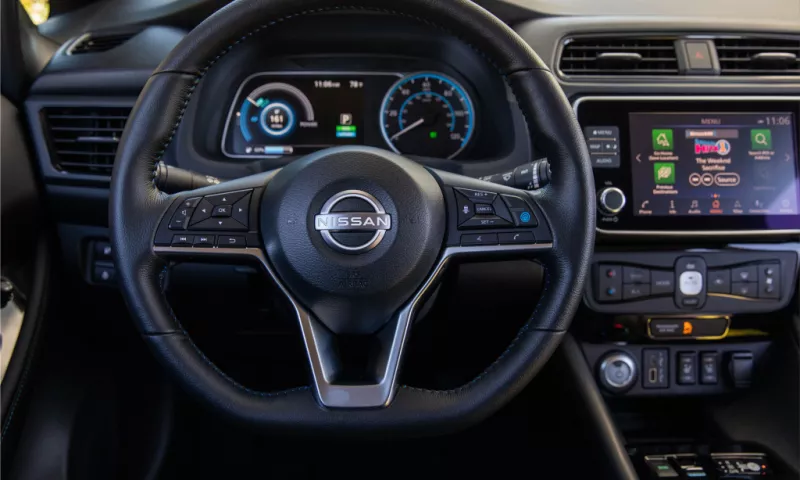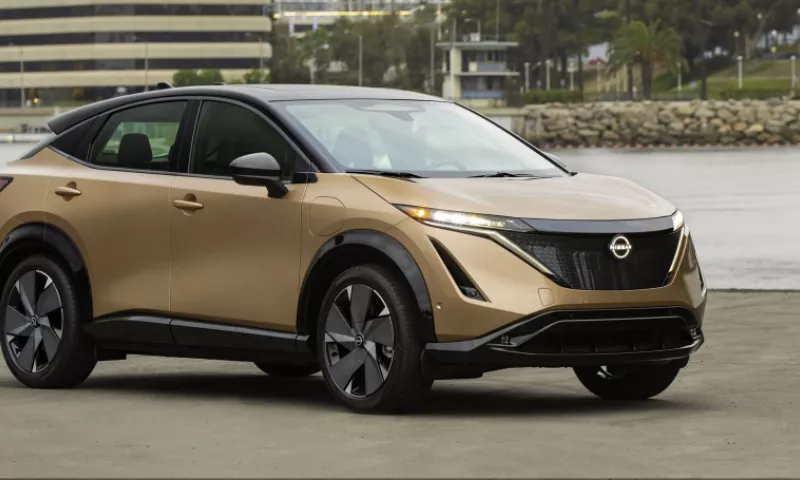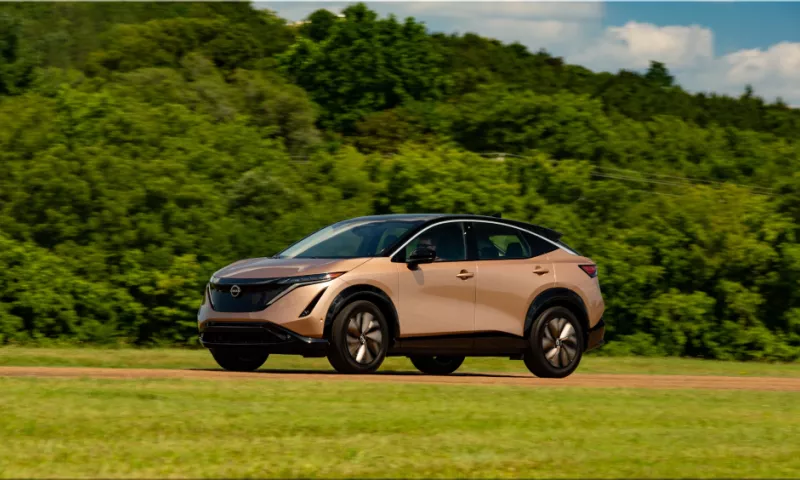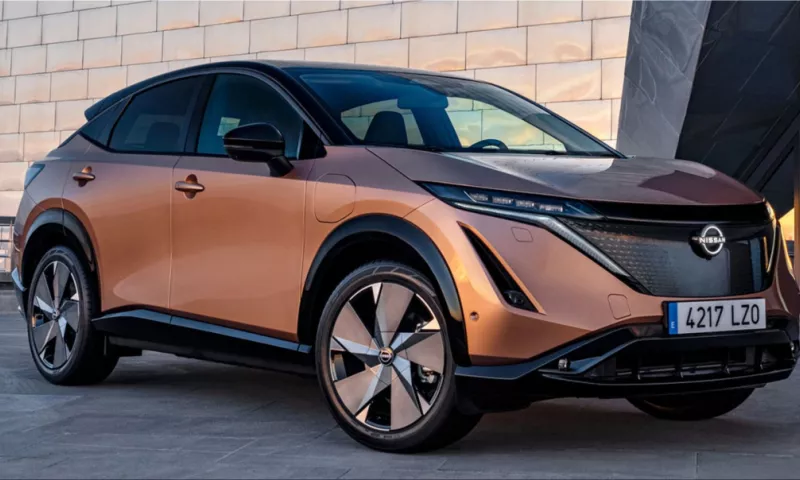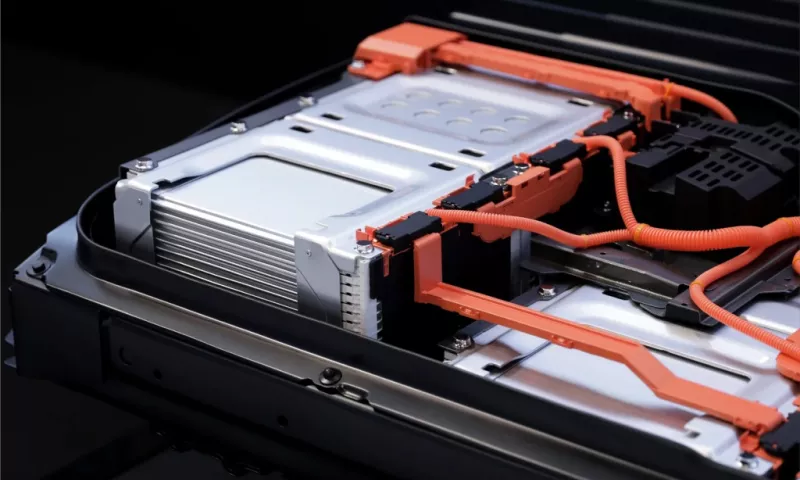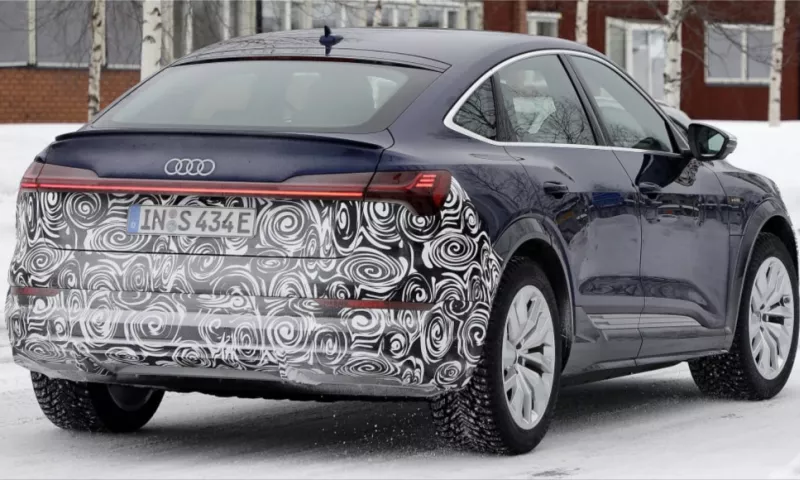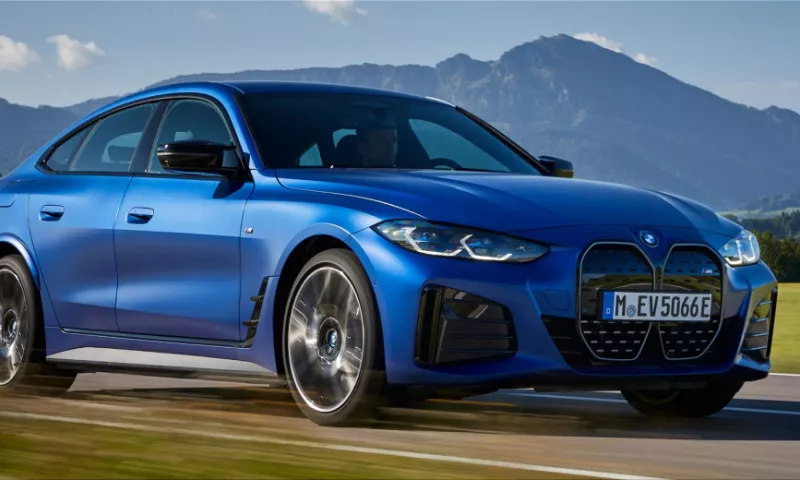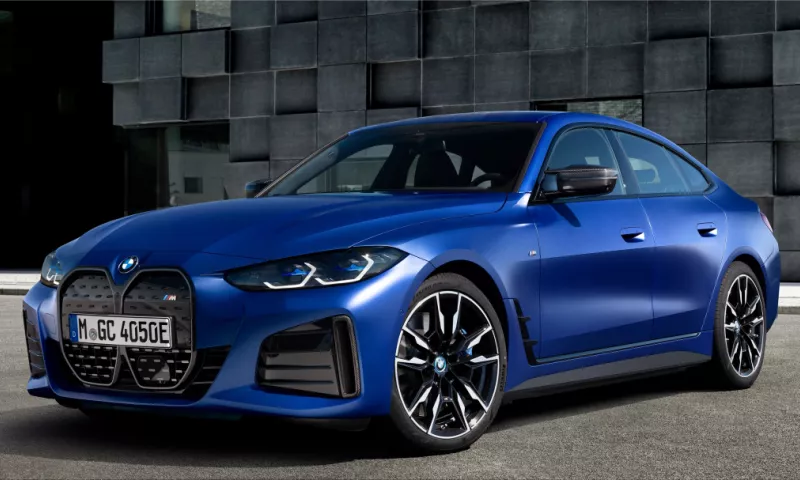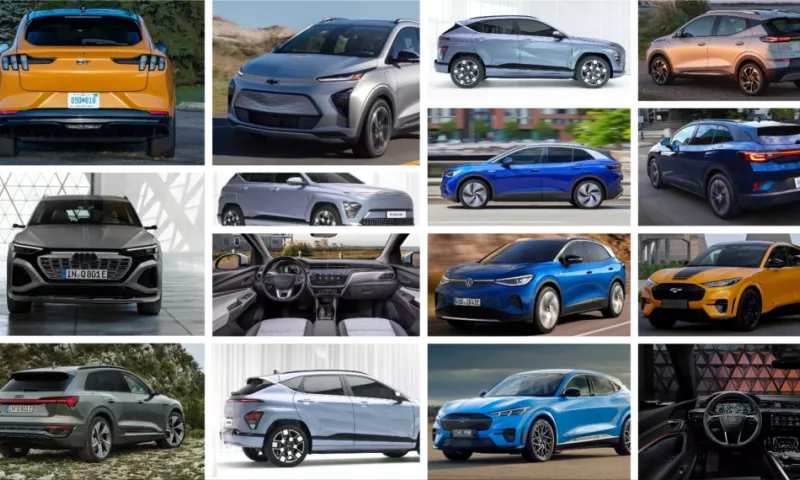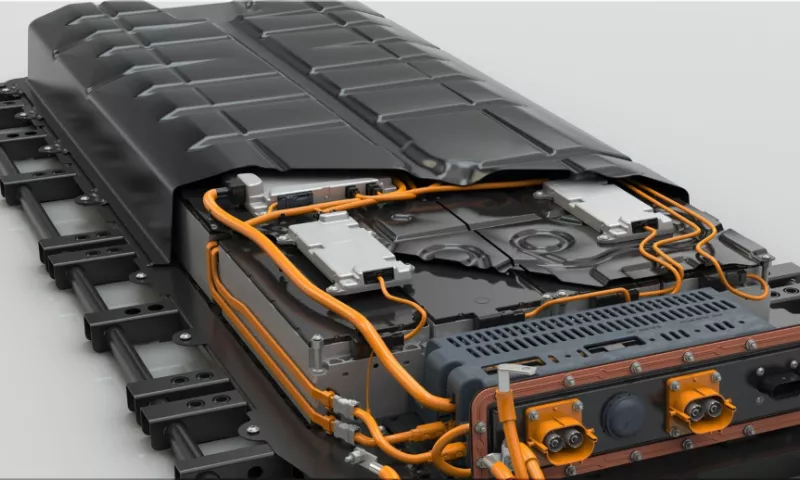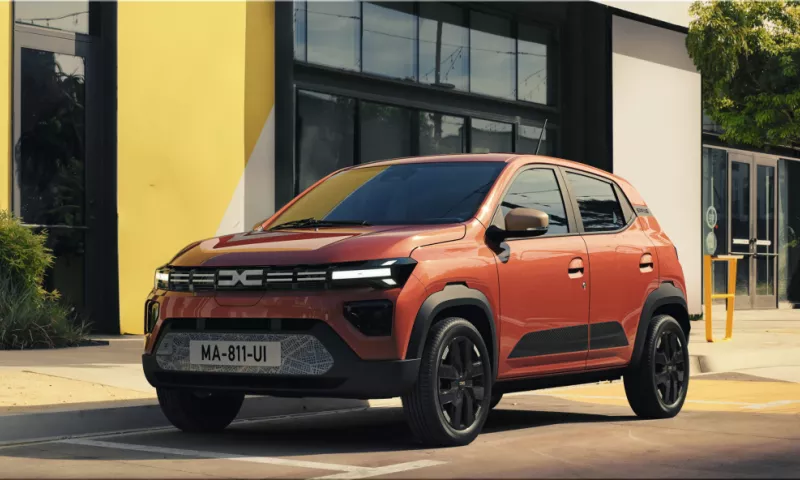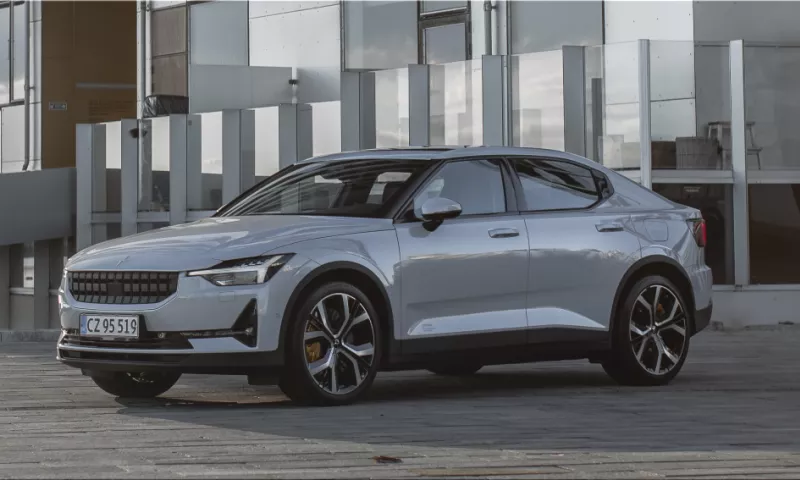Many new-car purchasers put off purchasing an electric vehicle because they assume the battery will fail long before the car's life is up. Engineers at Stanford University may have found a solution to this problem because their technology can extend the life of a battery by at least 20%, even when it is often charged quickly to get its energy back.
While many owners and prospective owners are understandably concerned about the battery life of electric vehicles, experience has shown that this is not the case. While it still takes longer to retrieve data from more drives, the batteries have proven to be highly reliable thus far.
While there are occasional outliers, such as the first-generation Nissan Leaf (which experienced issues due to a lack of active temperature management), modern electric vehicles can function on the original battery for many years. Many different kinds have been using the same battery for years with no problems.
But, even with today's cutting-edge technology, there is still an opportunity for improvement. That is why Stanford University engineers have dedicated their time and resources to developing technologies extending lithium-ion batteries' life. His approach to charging and discharging batteries could pave the way for a new way of producing batteries, resulting in a longer life cycle without needing additional material or technical improvements.

